Why are houses in Scandinavian countries all painted red? And is it true that this special paint can withstand decades of use and help save a house from fire and insect infestations? Does it even make sense to invent some kind of complex homemade composition like this Scandinavian paint? We will understand everything in detail and will definitely find the optimal solution.
Read in the article
- 1 Why red: how it relates to natural conditions
- 2 What is included in Falun paint
- 3 We can do without the Vikings: ourselves with a mustache
Why red: how it relates to natural conditions
Swedes and Norwegians have known the secret of this paint since the Middle Ages. Red ocher first began to decorate the buildings of churches and city meetings. Bright paint based on natural pigment did not fade in the sun, in addition, it was found that in the event of a wall fire, painted with this composition, not that they do not burn, but resist open fire much longer, giving time to extinguish.
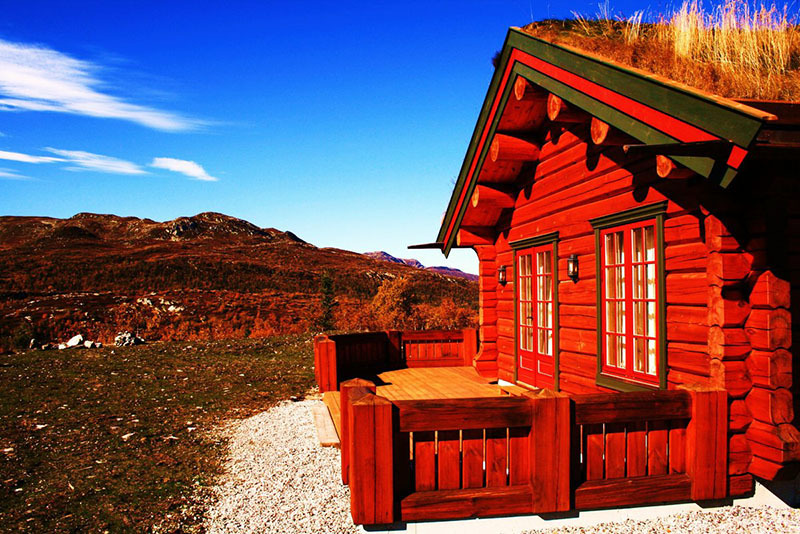
By the twentieth century, red houses with white trim had become the hallmark of Scandinavia. They have been interested in the secret of the composition for a long time, especially since it also scares away insects from wooden buildings. And the basis of this paint is a mineral component that originates from the slag of a copper mine. Some people mistakenly call it clay, although it is not clay at all. So the origin of the paint is really directly related to the nature of this area, and they call it Falun because of the city of Falun, in the area of which these mines are located.
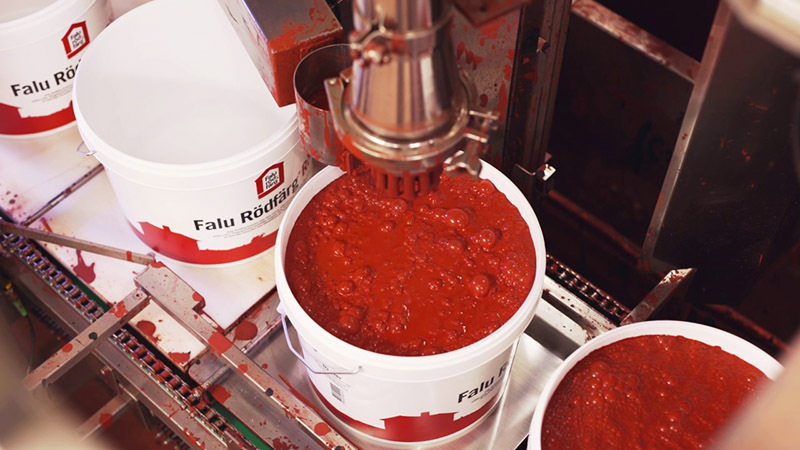
What is included in Falun paint
The secret is a secret, but the main ingredients of this composition are known: these are mineral pigments, starch, rye flour, water and flaxseed oil. The mixture was heated in an oven, and its shade depended on the calcination temperature.
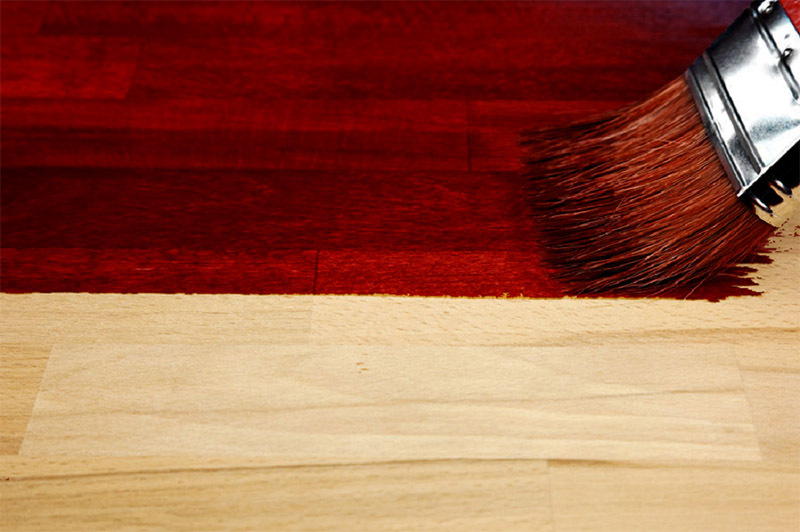
You can reproduce a similar composition from the available materials. A mixture of ferrous sulfate and red lead can act as a substitute for red clay. The proportions are approximately as follows: 600 g of rye flour, 250 g of table salt, 250 g of natural drying oil, 250 g of red lead and vitriol each, 4 liters of water. First, ¾ of water is mixed with flour and the paste is cooked over low heat, then into a composition that has thickened without lumps sequentially add salt, vitriol and red lead, add drying oil and at the end of cooking - the remaining water to obtain the desired consistency.
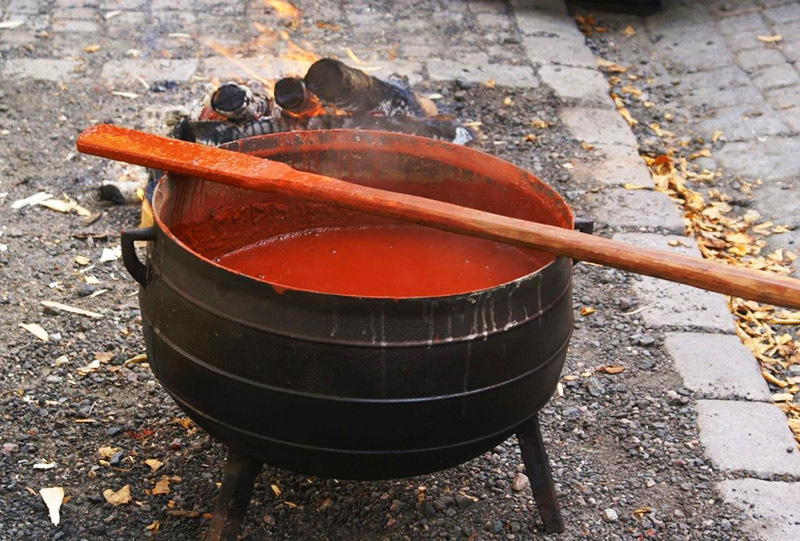
We can do without the Vikings: ourselves with a mustache
If we are talking about historical recipes that return to our age of solid chemistry as something ecologically clean and harmless, then let's see how our ancestors defended wooden houses, before which the semi-wild Varangians were long away.
First of all, when it comes to protecting the tree from insects and decay, then in the old days, tar was used for this purpose. This composition has preserved the wooden parts of many historical monuments and has proven its effectiveness over centuries of exploitation.
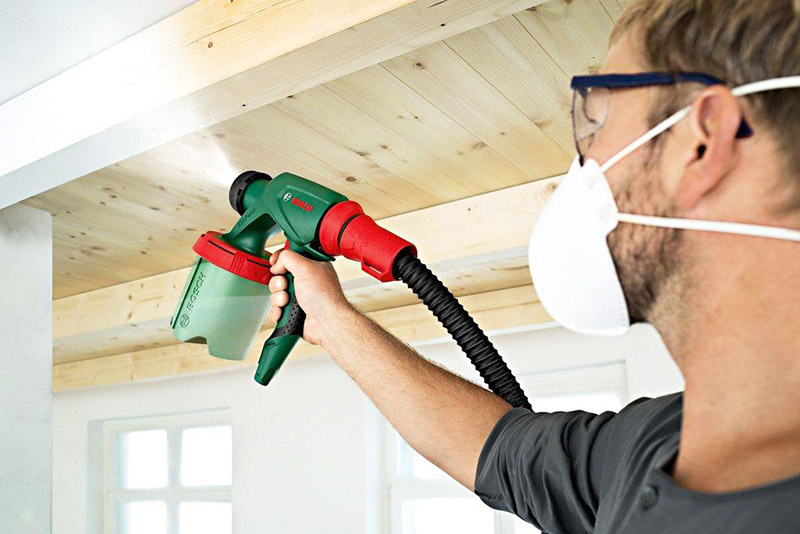
And if the houses were covered with clay and painted over with lime, then everything was fine with protection from fires. Tar, lime and clay are natural products that will protect your home as well as Falun paint.
And if you still want to try making Swedish paint with your own hands, then watch this little video:
What do you think is the most reliable compound for protecting the facade of a house? Share your opinion in the comments!


